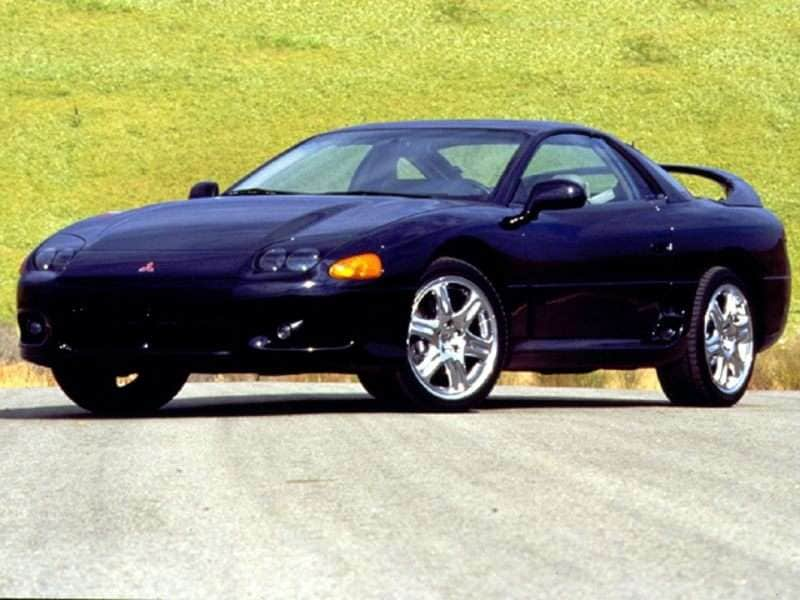Recent Articles
Popular Makes
Body Types
10 Best '90s Japanese Performance Cars
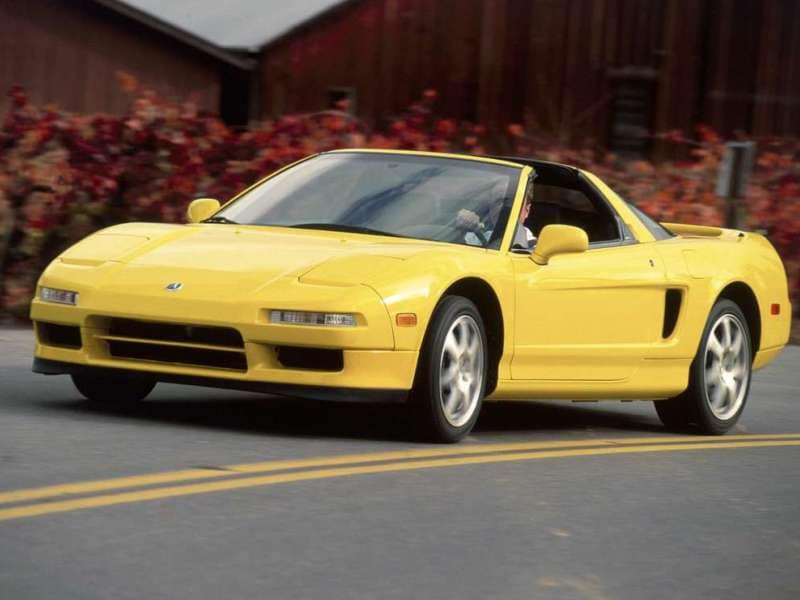
Acura NSX ・ Photo by WikiCommons
'90s Japanese sports cars offered a golden age of handling and performance for both budget-conscious and sky's-the-limit enthusiasts. Before SUVs crashed the party and took over the conspicuous consumption sweepstakes, two-door coupes were the best way to flaunt not just your bank account balance but also your appreciation for engaging driving dynamics, sleek styling, and, in many cases, cutting edge automotive technology. Only a few nameplates survived the pinnacle of eastern sports car design to make it to modern day showrooms, but the memory of that time continues to fuel the passion of fans of this exciting era. Let's take quick look at the 10 best '90s Japanese sports cars.
10) Mazda RX-7
For a brief, shining moment between 1993 and 1995, Mazda could make a legitimate claim to offering the most beautiful design available on the American market. The FD generation Mazda RX-7 combined its flowing sheet metal with a twin-turbo rotary engine that squeezed 255 horsepower from its 1.3-liters, with the sequential setup keeping lag to a minimum. Combined with its lightweight chassis and a five-speed manual transmission the coupe was an absolute pleasure to drive, and stood up well when compared against more powerful fare from its in-country rivals as well as domestic threats like the Chevrolet Corvette.
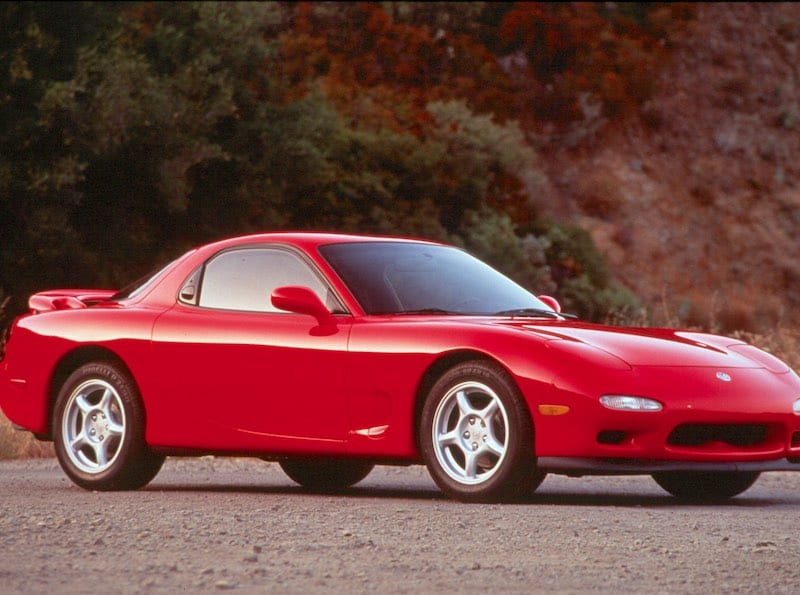
Photo by Mazda
9) Toyota Supra
The 1993 to 1996 Toyota Supra is really a tale of two engines. While its 220-horsepower, 3.0-liter straight-six was a decent performer, the version of the Supra coveted by the import tuning crowd (and consequently made famous by the movie Fast and the Furious) was motivated by the 2JZ twin-turbo version of this same motor. Rated at 320 horsepower and 315 lb-ft of torque the engine's ability to withstand incredible amounts of boost made it a popular choice for drag racers swapping in enormous single turbos for maximum power. A (novel for the time) six-speed manual transmission also put in an appearance for what would turn out to be the final generation of the Supra, alongside a late-build four-speed automatic.
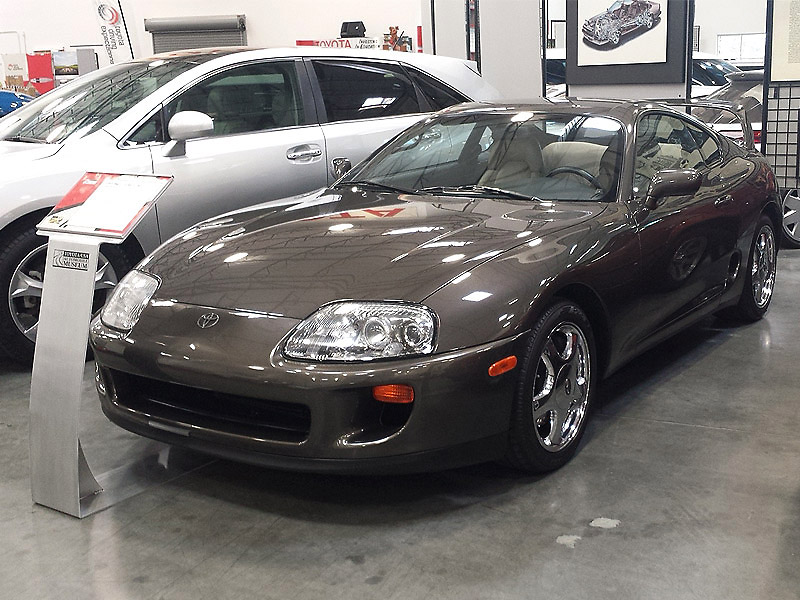
8) Nissan 300ZX
The Nissan 300ZX represented how thin the line between "sports car" and "GT" had become by the time the '90s rolled around. Bigger and heavier than any Z car that had preceded it, the Nissan 300ZX was still a veritable rocket in a straight line thanks to the availability of a twin-turbo 3.0-liter V-6 that was good for 300 horsepower and 283 lb-ft of torque. Also available in 2+2 as well as naturally-aspirated editions, the ZX was offered between 1990 and 1996 in the United States before going on a hiatus that would see Nissan regroup and bring its less-powerful, but more focused 350Z successor to American shores in the next decade.

Photo by WikiCommons
7) Acura NSX
The Acura NSX earns its place amongst the best '90s Japanese performance cars by being the first mass-market supercar to emerge from the country. Designed with input from Formula 1 legend Ayrton Senna, and featuring a mid-engine design, the Acura NSX offered outstanding communication between driver and machine, and was the first vehicle to debut an all-aluminum unibody design to keep curb its weight down. Horsepower fluctuated between 252 and 290 ponies, depending on model year and engine size (both 3.0-liter and 3.2-liter V-6s made an appearance in the NSX), and transmission choices included five- and six-speed manuals as well as a four-speed autobox.
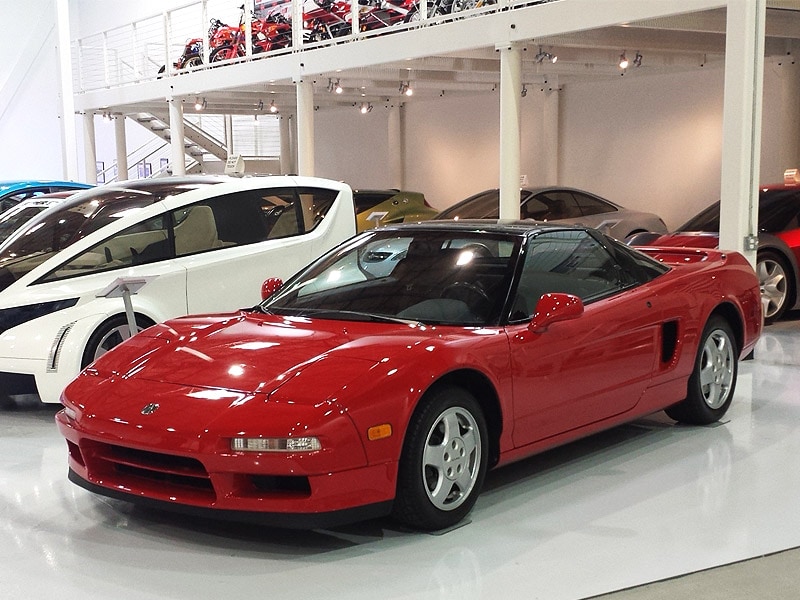
6) Mazda Miata
The Mazda Miata is somewhat of an outlier on this list, for two reasons. The first is that it defies modern conceptions of what a sports car should be - i.e., fast - in favor of a more classic definition that prizes handling, low-mass design, and absolute fun over all else. The second reason? This philosophy has been so successful for Mazda that the Miata is one of the handful of models to have sprung up in the '90s and still be available today. The first-generation Miata (the NA) marries a flip-up headlight roadster with a reliable 1.6 or 1.8-liter four-cylinder engine (pushing out up to 130 horses) and a five-speed manual gearbox (skip the auto) to create one of the most enduring templates in sports car history.
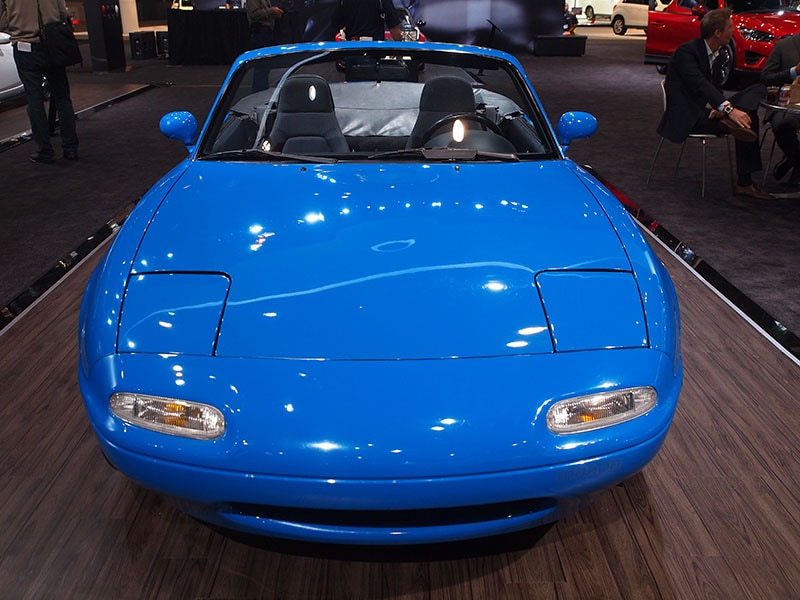
5) Mitsubishi Eclipse GSX
The Mitsubishi Eclipse GSX elevates itself above the more pedestrian models in the Eclipse lineup thanks to the inclusion of turbocharged drivetrain and a standard all-wheel drive system. Sleek and sexy enough to also earn a star turn in the Fast and Furious franchise (albeit covered in stickers), the Eclipse GSX produced 210 horsepower and 214 lb-ft of torque from its 2.0-liter turbo four. Offered between 1995 and 1999, it's very hard to find a second generation Eclipse GSX that hasn't fallen victim to either an abusive owner or the perils of crankwalk due to the ease with which engine mods can release considerably more grunt from the 4G63T engine (a unit that was shared with the Lancer Evolution).
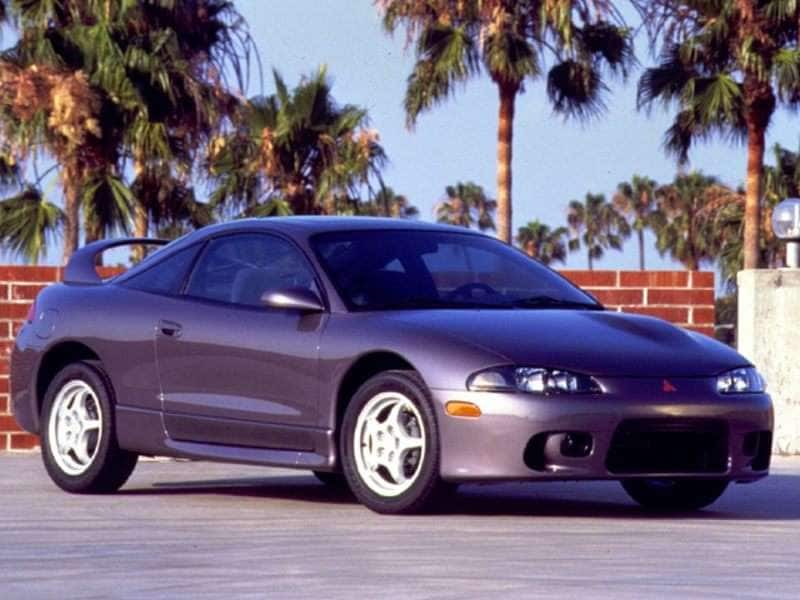
Photo by WikiCommons
4) Nissan 240SX
The Nissan 240SX is a bit of a puzzler for '90s performance car fans. A fun-to-drive rear-wheel-drive chassis and attractive, long-hood looks were part of the 240SX's appeal for its 1995-1999 lifespan, but Nissan chose to dump a pickup truck motor - the KA24DE - under its hood, neutering its performance with only 155 horsepower. In Japan, however, turbocharged versions of the 240SX (known as the Silvia in its home market) were dominant in drifting and motorsports, making transplants a popular choice for import tuners. Like the Eclipse, the aftermarket has exacted a terrible toll on the surviving population of clean Nissan 240SXs, making them a rare sight on the road.
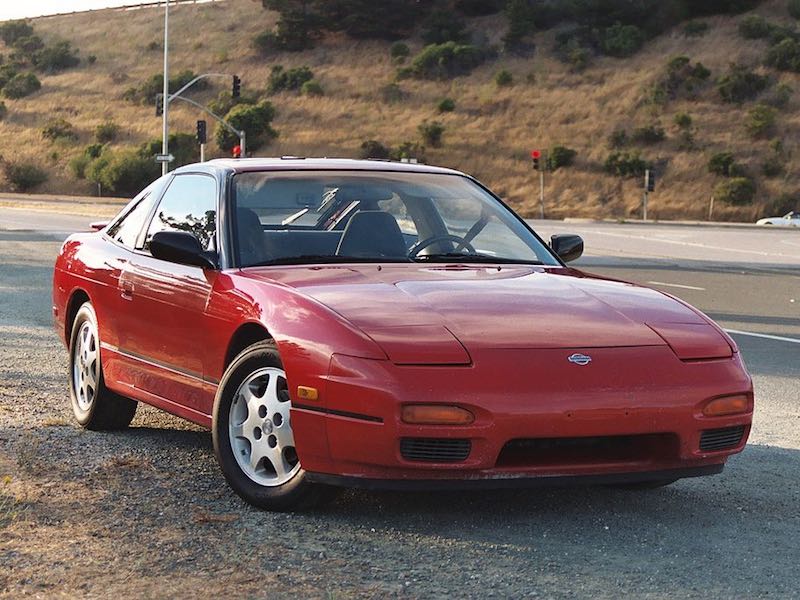
Photo by WikiCommons
3) Toyota MR2
The Toyota MR2 is a child of the '80s that really hit its stride in the following decade by way of the switch from supercharging to turbocharging for its four-cylinder engine. The second-generation Toyota MR2, which debuted in 1990, offered the choice between either a 130-horsepower, naturally-aspirated 2.2-liter engine or a 2.0-liter turbo good for 200 horses mated to a standard five-speed manual gearbox. The car's mid-engine layout made it a neutral handler at stock boost, but upping the engine's output could transform the MR2 into more than a handful on a race track.
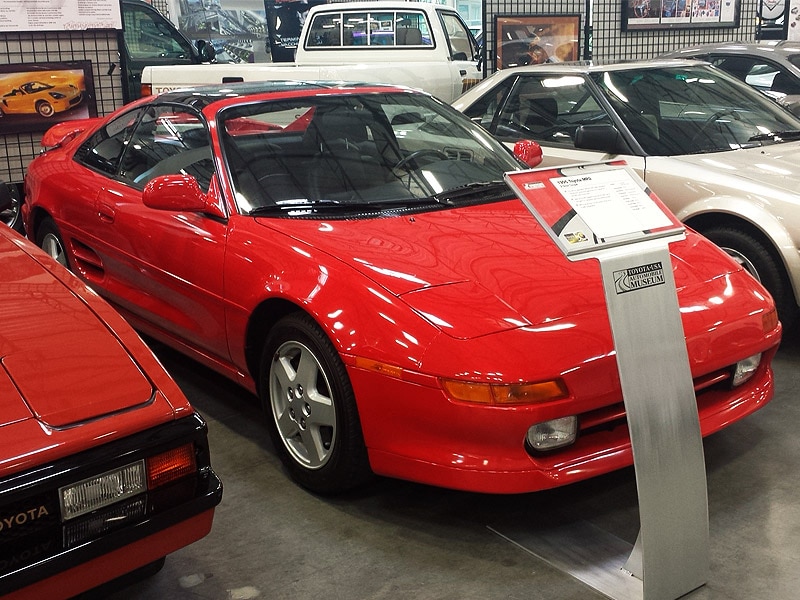
2) Acura Integra Type R
The Acura Integra Type R has been called the best-handling front-wheel drive performance car ever built. It's also one of the most rare, and most stolen, members of the '90s Japanese sports car fraternity. 195 horsepower from a 1.8-liter four-cylinder engine makes the Integra Type R a visceral thrill, and the absence of driving aids or nannies offers an experience behind the wheel that's entirely absent from more modern compact fare. You'll also have a hard time finding any modern vehicle under $100k with an 8,400-rpm redline. This is the car that, for better or worse, introduced VTEC to America.
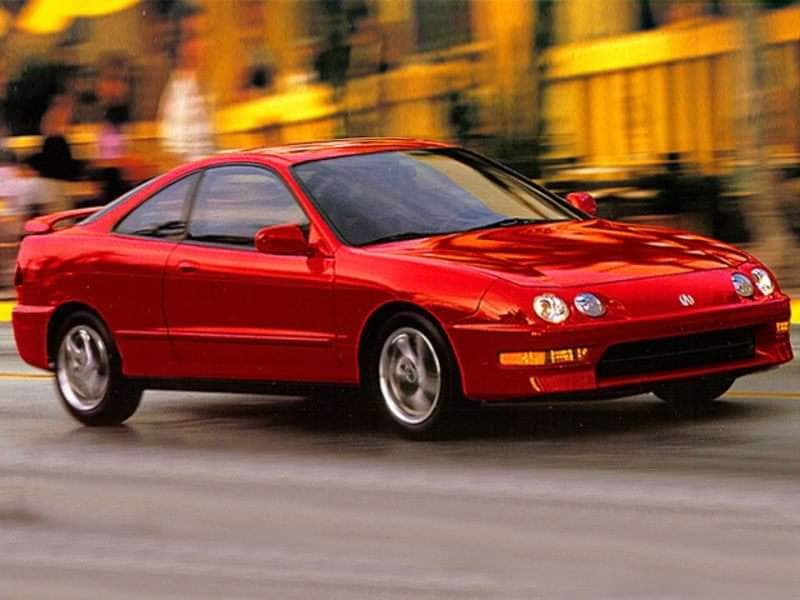
1) Mitsubishi 3000GT
The Mitsubishi 3000GT was the epitome of technological excess amongst '90s Japanese performance cars. Want four-wheel steering? You got it. How about a multi-mode exhaust system? Sure thing. Active aero? Why not? Oh, and all-wheel drive too. All of those impressive gizmos imparted the Mitsubishi 3000GT with a significant heft on the scale, which meant that the twin-turbo, 3.0-liter V-6 offered by its VR-4 trim had its work cut out for it. With just under 300 horses and a smidgen more than 300 lb-ft of torque available (later bumped up to 320 horsepower and 315 lb-ft of twist), the VR-4 remained quick despite fighting against a 3,800 lb curb weight.
